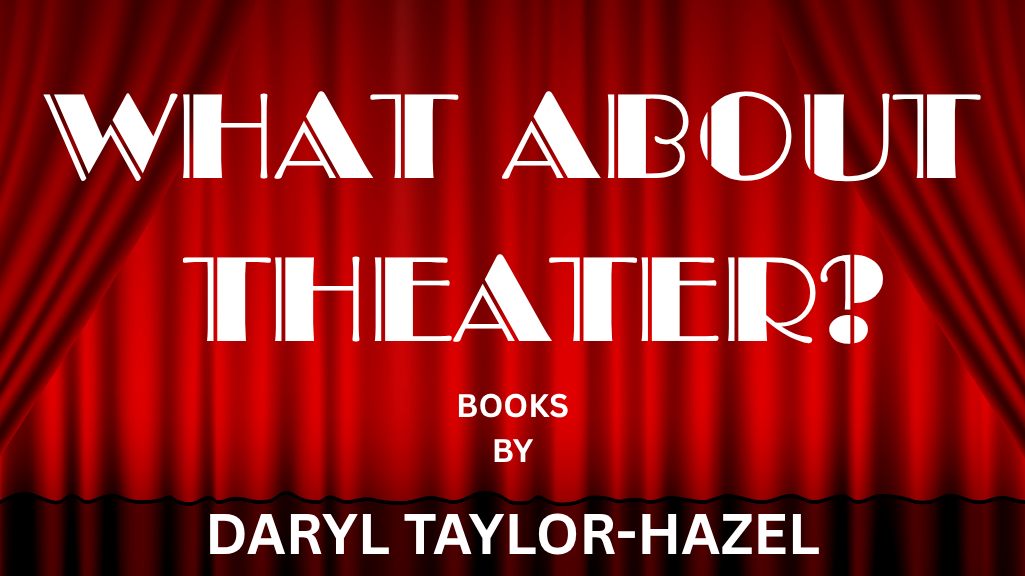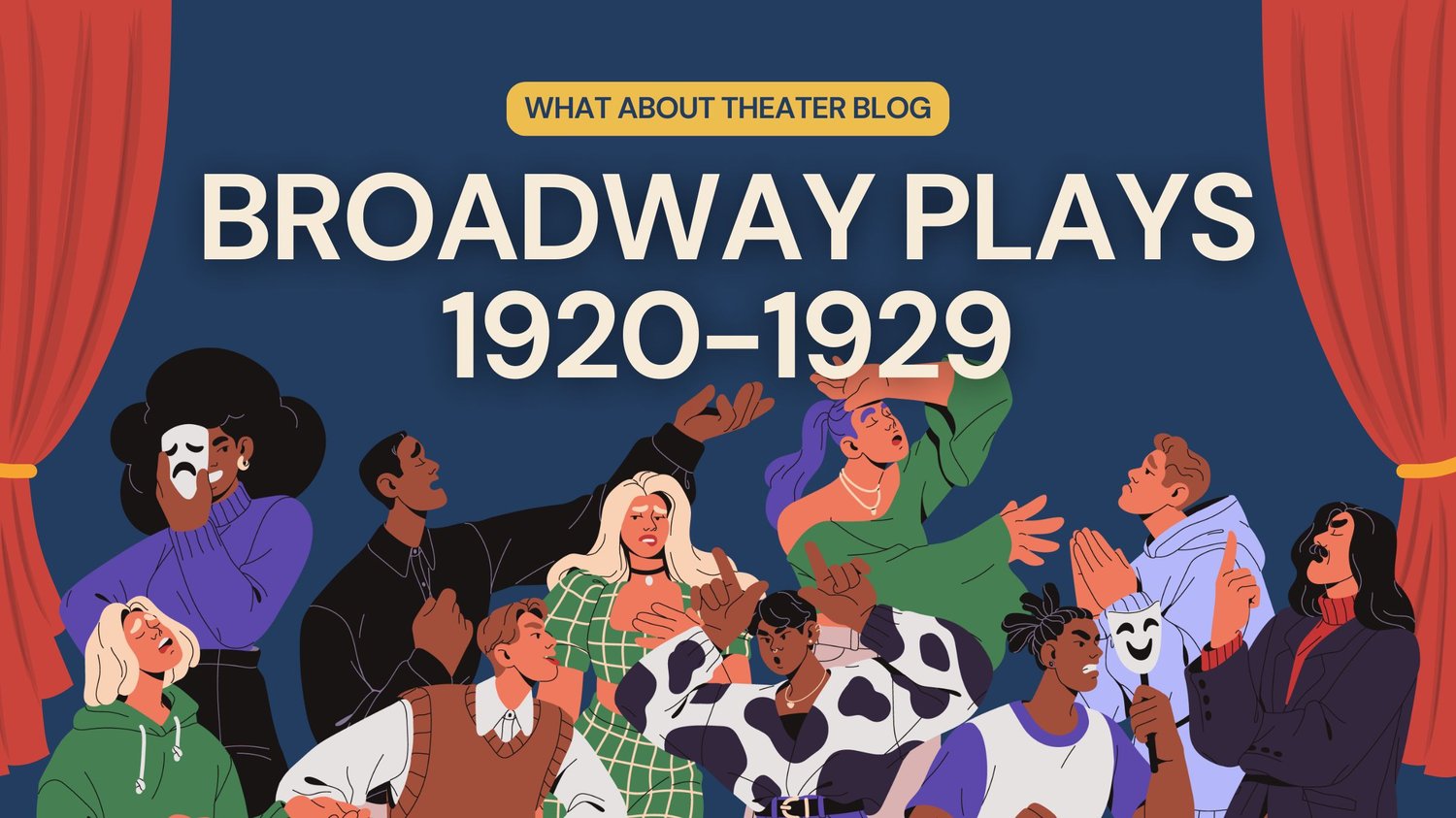Broadway in the Roaring Twenties: The Most Popular Plays of 1920–1929
The 1920s were a transformative decade for Broadway—a glittering era marked by artistic innovation, theatrical spectacle, and a nation hungry for entertainment in the wake of World War I. Known as the Roaring Twenties, this was a golden age for both American drama and comedy. Broadway became a cultural beacon, with new playwrights, actors, and productions defining what modern theater could be. Here’s a look back at some of the most popular and influential Broadway plays that captivated audiences between 1920 and 1929.
1. The Emperor Jones (1920) – Eugene O’Neill
One of the first major American plays to feature an African American actor (Charles S. Gilpin) in a starring role on Broadway, Eugene O’Neill’s The Emperor Jones was a bold, expressionistic drama that explored race, power, and psychological decay. It marked O’Neill’s rise as a groundbreaking playwright and helped usher in serious dramatic work to a stage often dominated by lighter fare.
2. Liliom (1921) – Ferenc Molnár (English adaptation by Benjamin Glazer)
This Hungarian play became a critical success on Broadway and would later inspire Rodgers and Hammerstein's Carousel. It told the tale of a troubled carnival barker and his journey through love, violence, and redemption. The play’s darker, philosophical themes resonated with 1920s audiences looking for depth beyond vaudeville.
3. R.U.R. (Rossum's Universal Robots) (1922) – Karel Čapek
This Czech import introduced the word “robot” to the English language and shocked Broadway audiences with its futuristic premise of artificial life rising against humanity. Sci-fi on stage was rare, and this thought-provoking production sparked new conversations about technology and ethics.
4. Dulcy (1921) – George S. Kaufman and Marc Connelly
Based on a character created by humorist Franklin P. Adams, Dulcy was a wildly successful comedy that launched the collaborative careers of Kaufman and Connelly. It also made a star out of actress Lynn Fontanne. The show’s sharp wit and social satire made it one of the decade’s most beloved farces.
5. The Show-Off (1924) – George Kelly
This comedy about a braggart disrupting a modest Philadelphia family struck a chord with audiences for its realistic characters and dialogue. George Kelly, uncle to actress Grace Kelly, was praised for his keen observation of middle-class life. The play enjoyed multiple revivals and film adaptations.
6. Hell-Bent for Heaven (1924) – Hatcher Hughes
A surprise Pulitzer Prize winner, this Appalachian drama explored themes of religious fervor and rural conflict. Though less well remembered today, it was a popular and critically lauded production during its time, offering a window into less urban aspects of American life.
7. What Price Glory? (1924) – Maxwell Anderson and Laurence Stallings
Set during World War I, this gritty military drama stood out for its candid language and unflinching realism. It was a box office hit and marked a turning point in American theater’s willingness to tackle serious, controversial material head-on.
8. Craig’s Wife (1925) – George Kelly
Kelly returned with another award-winner, this time earning the Pulitzer Prize. Craig’s Wife was a domestic drama centered on a woman obsessed with control and appearances. Its psychological complexity and strong female lead made it a standout in 1920s Broadway.
9. The Green Hat (1925) – Michael Arlen (adapted by Arlen & A.E. Thomas)
Based on Arlen’s scandalous novel, this play brought glamor and moral ambiguity to the stage. Its sophisticated themes and stylish production embodied the Jazz Age’s mix of elegance and decadence.
10. Holiday (1928) – Philip Barry
This sparkling romantic comedy questioned the pursuit of wealth and social climbing during a booming economy. Barry's sharp dialogue and moral questioning reflected the tension between materialism and personal freedom. It was later adapted into a classic 1938 film starring Katharine Hepburn and Cary Grant.
Legacy of the 1920s Broadway Stage
The 1920s laid the groundwork for Broadway's future—ushering in playwrights like Eugene O’Neill, George Kelly, and Philip Barry, who would shape American theater for decades to come. The plays of this decade balanced escapist comedy with intense drama, mirroring a society both reveling in prosperity and grappling with change.
Whether audiences sought laughs, romance, or soul-searching realism, the Broadway stage of the 1920s had it all—wrapped in Art Deco elegance and jazz-infused energy. Today, many of these plays remain touchstones in theater history, offering a glimpse into the dreams and dilemmas of a bygone era.
Want to learn more about classic Broadway and how to revive vintage plays? Stay tuned for our upcoming post on forgotten 1920s gems ready for rediscovery!


